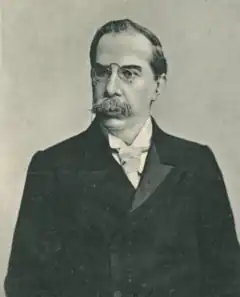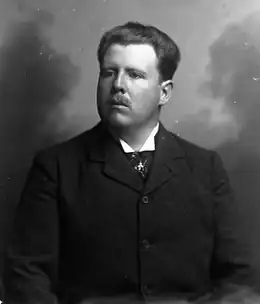| |||||||||||||||||||||||||||||||||||||||||||||||
148 seats to the Chamber of Deputies 75 seats needed for a majority | |||||||||||||||||||||||||||||||||||||||||||||||
|---|---|---|---|---|---|---|---|---|---|---|---|---|---|---|---|---|---|---|---|---|---|---|---|---|---|---|---|---|---|---|---|---|---|---|---|---|---|---|---|---|---|---|---|---|---|---|---|
| |||||||||||||||||||||||||||||||||||||||||||||||
| |||||||||||||||||||||||||||||||||||||||||||||||
Parliamentary elections were held in Portugal on 19 August 1906, the second that year and the fourth in three years.[1] For the first time in several decades no party won an overall majority, with the Liberal Regenerator Party emerging as the largest party with 65 seats.[2]
Results
 | ||||
| Party | Votes | % | Seats | +/– |
|---|---|---|---|---|
| Liberal Regenerator Party | 65 | +58 | ||
| Regeneration Party | 24 | –80 | ||
| Progressive Party | 45 | +26 | ||
| Progressive Dissidence | 4 | –5 | ||
| Portuguese Republican Party | 4 | +3 | ||
| Other parties and independents | 6 | –2 | ||
| Invalid/blank votes | – | – | – | |
| Total | 489,778 | 100 | 148 | 0 |
| Registered voters/turnout | 677,693 | 72.3 | – | – |
| Source: Nohlen & Stöver | ||||
The results exclude seats from overseas territories.[2]
References
- ↑ Dieter Nohlen & Philip Stöver (2010) Elections in Europe: A data handbook, p1541 ISBN 978-3-8329-5609-7
- 1 2 Nohlen & Stöver, p1557
This article is issued from Wikipedia. The text is licensed under Creative Commons - Attribution - Sharealike. Additional terms may apply for the media files.



